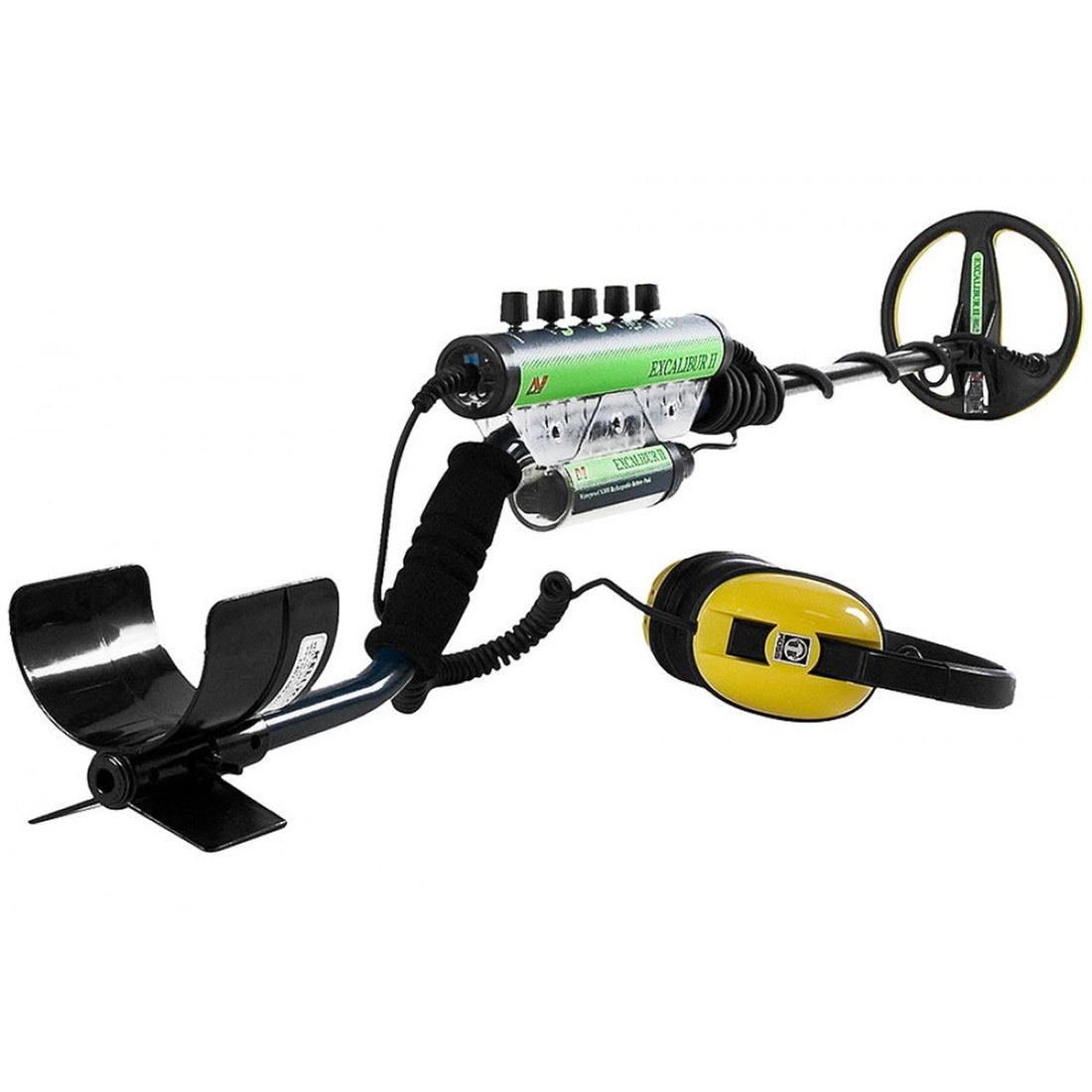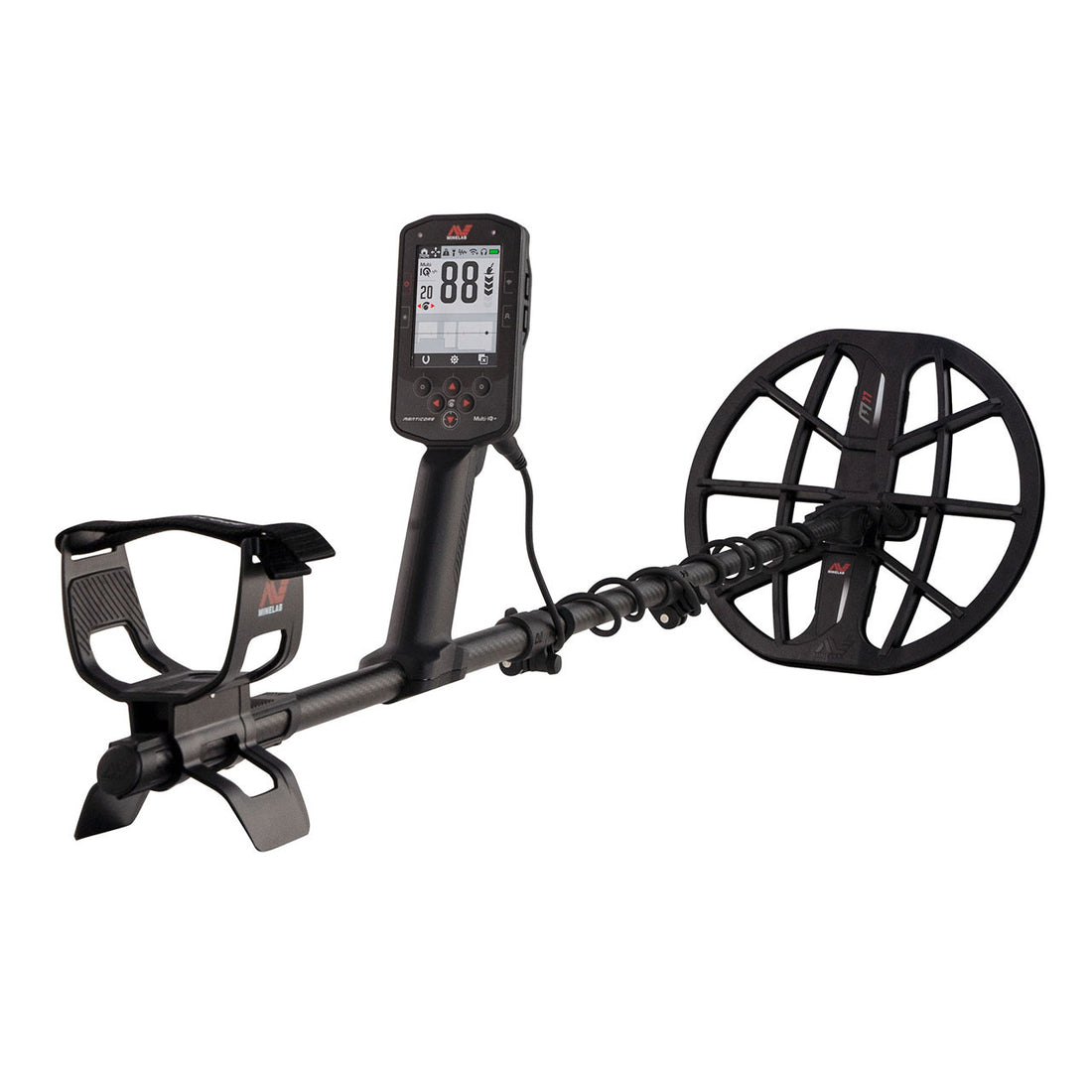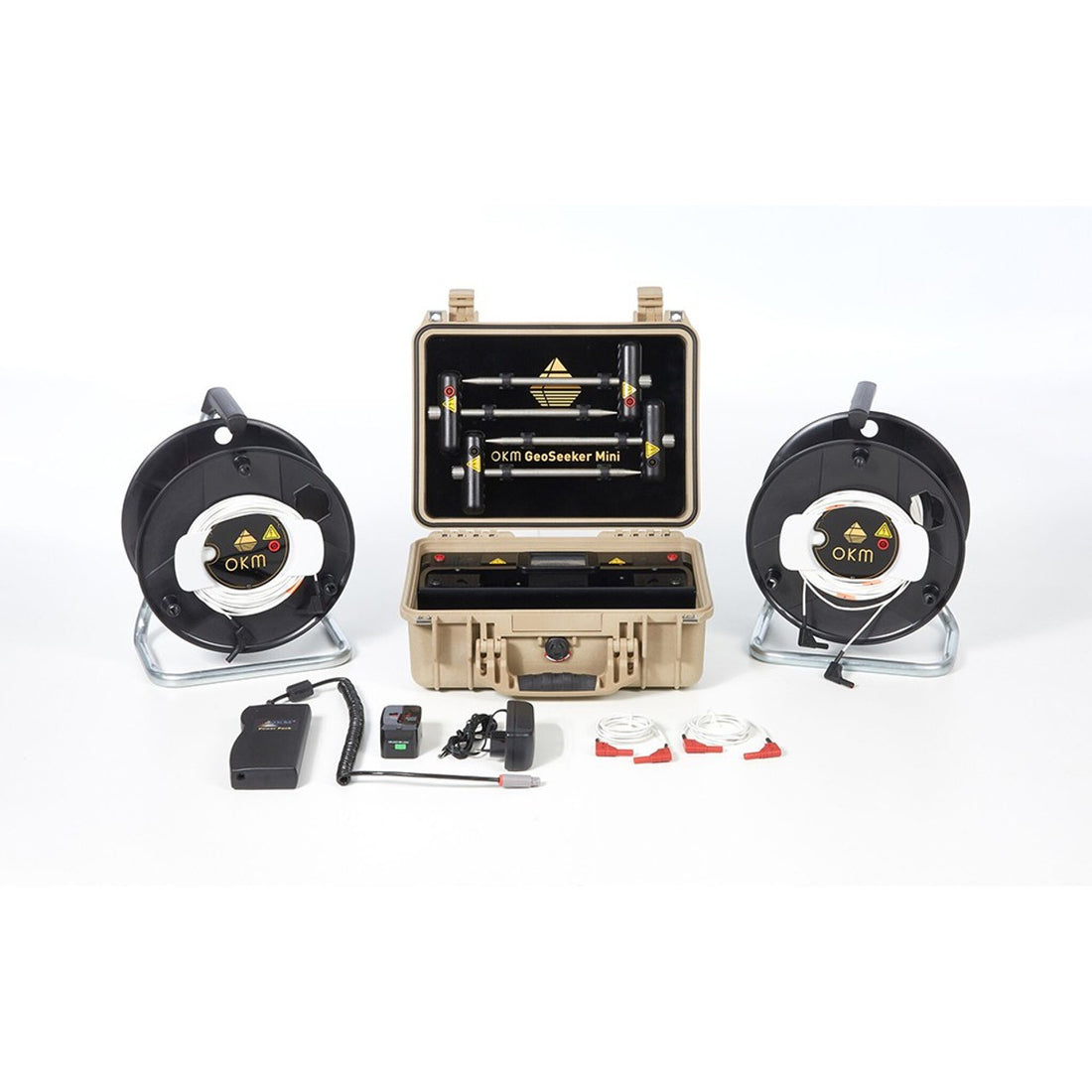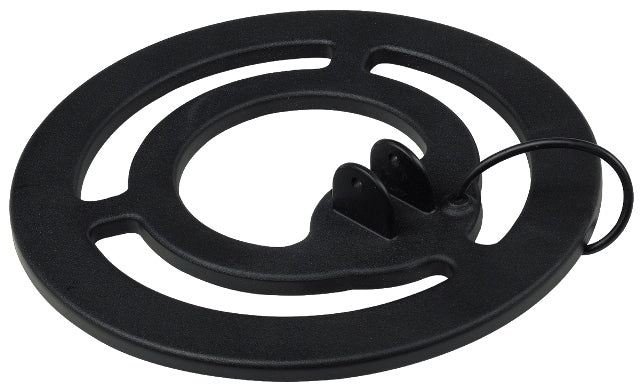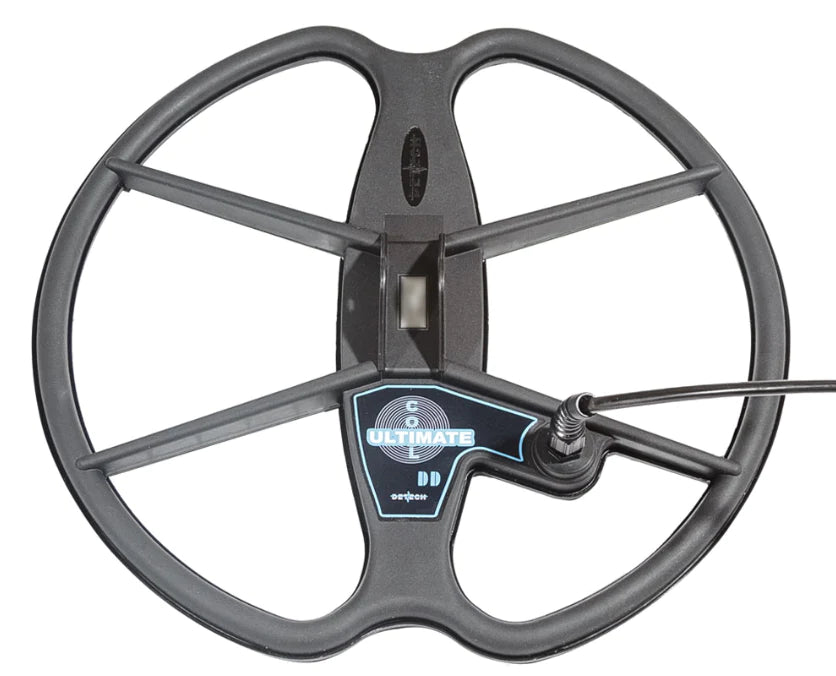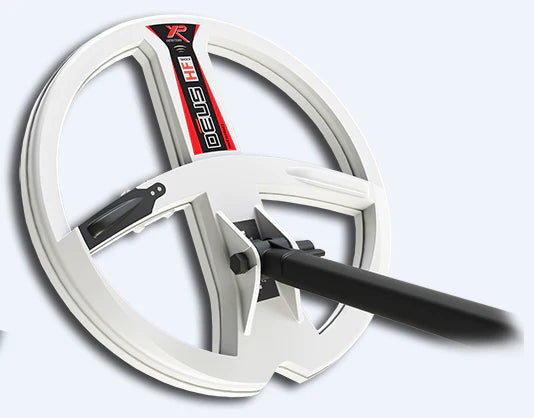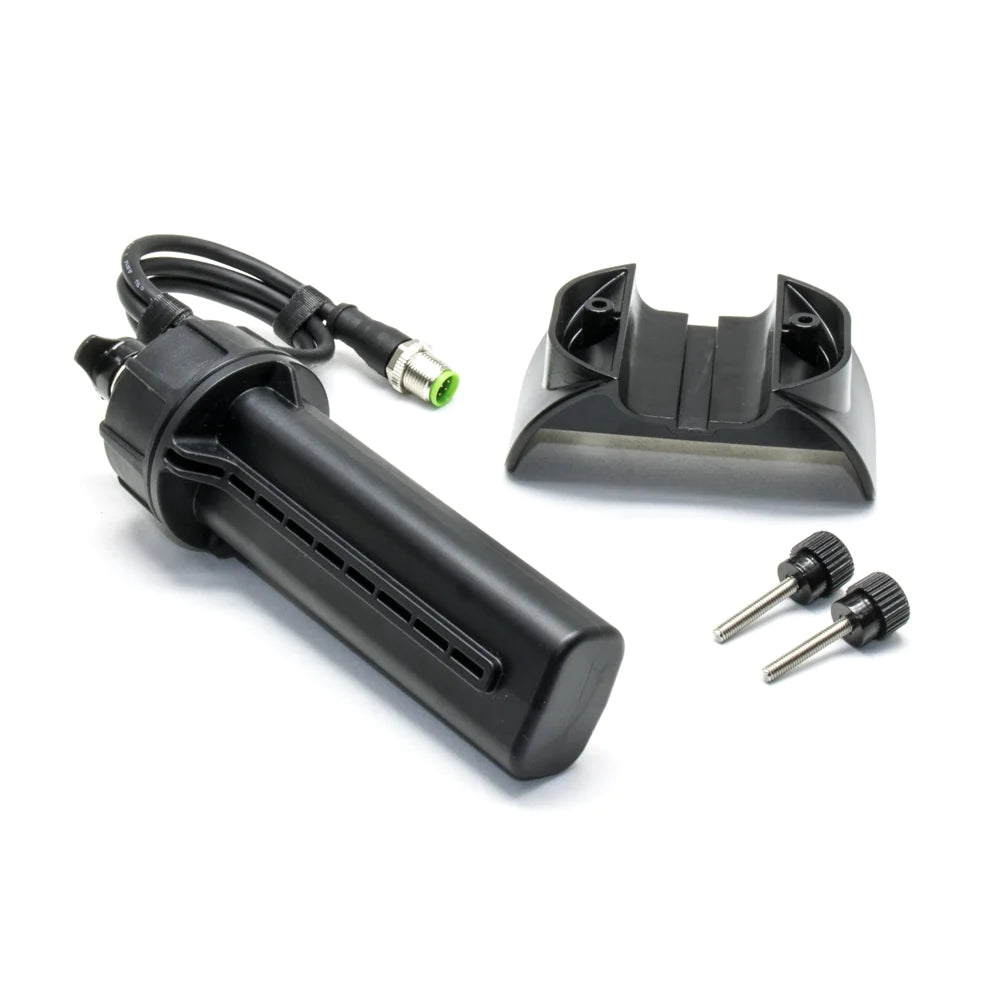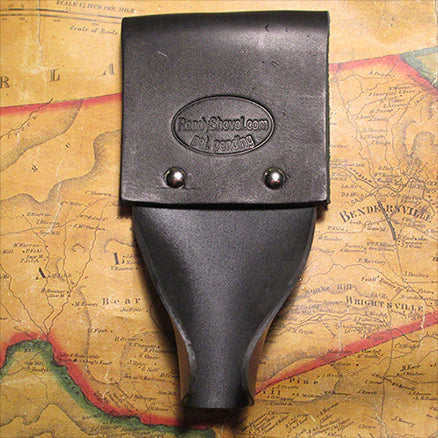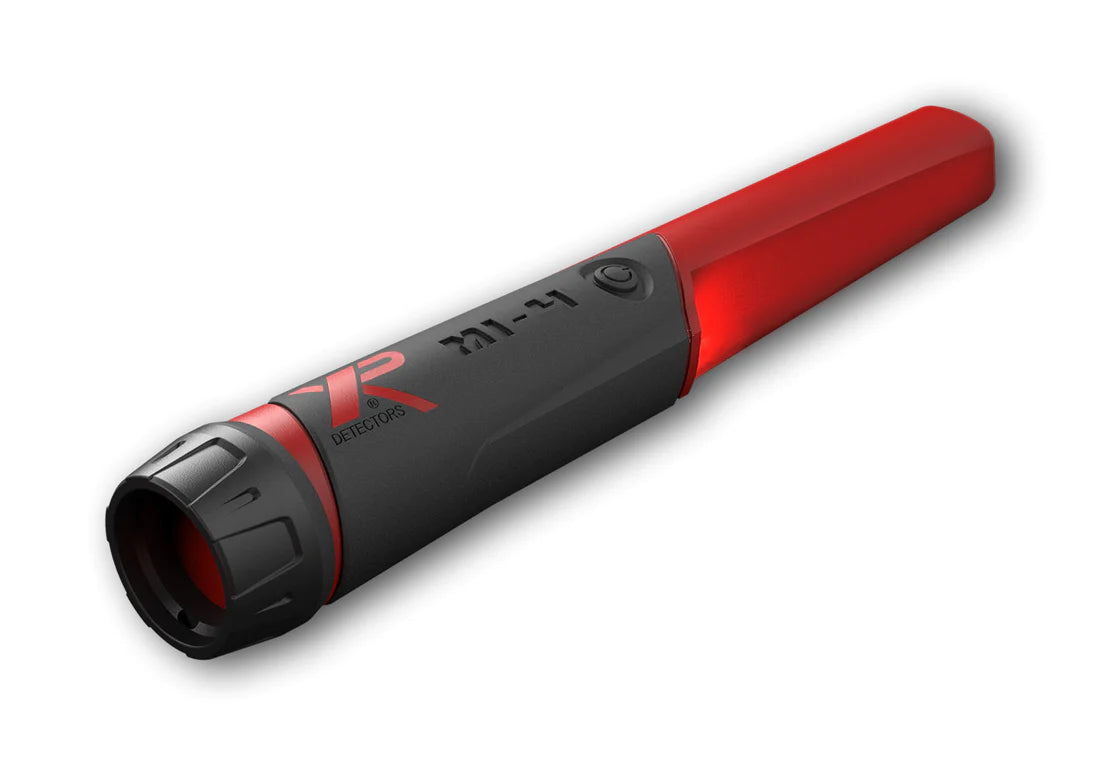What Are Metal Detector Air Tests
What Are Metal Detector Air Tests
by Daniel Bernzweig
A metal detector air test is a way of checking whether a particular metal detector is working correctly. Air tests tell us how well detectors can discriminate between targets and trash. If we test two metal detectors of the same model, it might reveal which one is malfunctioning; but even then, air-testing results can be inconclusive.
Metal detector air testing is a process that determines the maximum sensitivity of your metal detector to various targets that are manually swept across a search coil under optimal circumstances, which means there is nothing between the search coil and the targets.
Metal detecting is an art, and like any art, it takes practice to perfect. Part of perfecting your craft is learning how to properly air-test your metal detector so you can be confident in its capabilities. This article will explore what metal detector air tests are, how to conduct them, and what the results mean.
Metal Detector Air Testing: How Does it Work?
Metal detection is based on the principle of electromagnetic induction. When metal is close to a detector's coil, it disrupts the coil's magnetic field and causes a current to flow through the coil. This current is then amplified and processed by the detector's circuitry, resulting in a signal emitted from the speaker or headphones.
A metal detector air test is simply a way of measuring the maximum sensitivity of your metal detector to various targets. By manually sweeping different target metals across the search coil under optimal conditions (i.e., with nothing between the search coil and the targets), you can get a good idea of how well your metal detector discriminates between targets and trash. This is a great way to predict the actual target and expected depth while out metal detecting.
However, it's important to remember that air-testing results can be inconclusive. This is because many factors can affect a metal detector's performance, such as ground balance settings, ground mineralization, target depth, metal type, and the size and shape of the target. If a target is buried just an inch or two or deeper, this can impact your results. Air testing is best for identifying if a target can be detected. Depth in air tests is not a good judge of the actual depth a target can be located at in real field conditions.
Whether you're treasure hunting or performing a commercial task like detecting leaks in an HVAC system or pipeline inspection, it's always best to test your metal detector before detecting in the field under actual conditions.
How to Perform a Metal Detector Air Test
Treasure hunters can use metal detectors to detect metal objects like a coin, buried treasure, a tiny gold nugget, stainless steel, or another metal object. Performing an air test before using a detector in these applications will ensure it works properly and can detect good targets from the trash as you metal detect.
You can perform air tests for many popular metal detector brands, including:
- Nokta Makro
- Fisher
- Bounty hunter
- Garrett
- XP
- and hand held metal detectors
To perform a metal detector air test:
- Set your machine up horizontally on a nonmetallic surface and turn the sensitivity control to maximum.
- Set discrimination at zero or all-metal mode.
- Place a wooden ruler flat on the horizontal surface at the base of the detector coil.
- Using various metal objects like ferrous metal, iron, coins, aluminum, etc., and trash targets like bottle caps, screws, etc., sweep the object slowly back and forth across the face of the coil while holding it slightly above the surface of the ruler.
Doing this will allow you to see the soil depth at which each item may be detected and how the detector will respond to different target metals and trash. Some ferrous metals may be detected at different inches in depth based on their composition and size, and better depth penetration is usually achieved with larger coil sizes.
It is interesting to note that air tests are helpful in industrial applications as well. In manufacturing facilities, metal detection systems need to be calibrated to find the tiniest bits of metal in food and pharmaceutical products as they are manufactured. The tiniest metal contaminant that makes it into a finished good can prove fatal if consumed. Metal contamination can occur for various reasons in a manufacturing operation.
What Do the Results Mean?
Your metal detector air test results can reveal a lot about your machine's capabilities. For example, if you're using a discrimination setting, you should see a big difference in the response between metals like iron and aluminum. If you don't, it could indicate that your machine needs to be adjusted or that something is wrong with it.
In general, the results of a metal detector air test will give you a good idea of how well your machine discriminates between targets and trash. Whether you are a new treasure hunter or an experienced detectorist these tips will help you achieve success. However, it's important to remember that air-testing results can be inconclusive and the truest idea of what to expect, is while out in the field metal detecting.
© 2022 Detector Electronics Corp.

